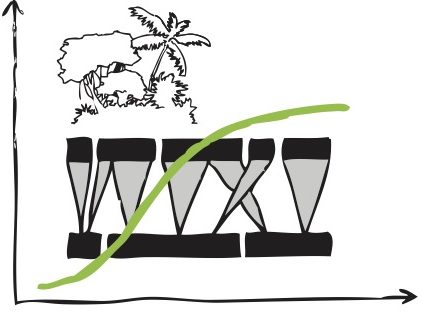PhD position in Tropical Ecosystem Ecology to study tree defense, epiphylls and insect herbivores in trees along a gradient of tropical forest reassembly
Botanical Institute, Kiel University Start: beginning of 2026 Duration: 48 months Tropical rainforests host an extraordinary diversity in trees and herbivorous insects but so far it is still poorly understood how tree-insect-interactions change as forests recover from disturbance. This PhD project investigates tree-herbivore interactions along a tropical …

